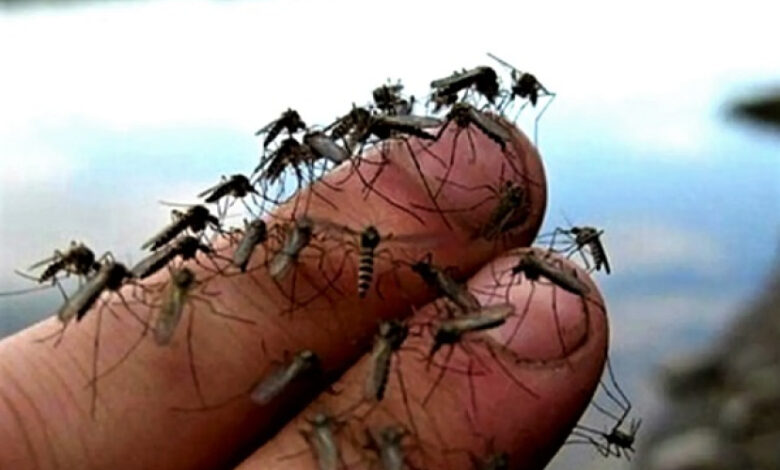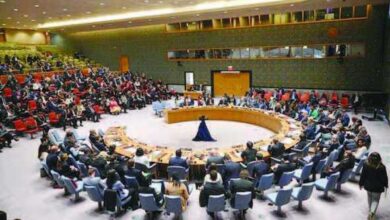
In the last few days, Indonesian netizens have been shocked by the issue of the spread of millions of mosquitoes carrying Wolbachia. Controversy also sharpened between the pros and cons.
It is claimed that mosquitoes containing Wolbachia bacteria can significantly reduce the spread of Dengue Hemorrhagic Fever (DHF) cases. This was confirmed by a researcher at the Center for Tropical Medicine, Gadjah Mada University (UGM) and a research member of the World Mosquito Program (WMP) Yogyakarta, Riris Andono Ahmad.
He also explained how these mosquitoes work to suppress the transmission of the dengue virus or DHF. Male and female Wolbachia-bearing mosquitoes are released over a period of about 6 months so that the majority of mosquitoes in the population have Wolbachia.
"It is hoped that this will reduce the transmission of the dengue virus," said Riris, Friday (17/11/2023), as quoted by CNN Indonesia from the UGM website.
Riris explained that when a male mosquito with Wolbachia mates with a female mosquito without Wolbachia, the eggs will not hatch. If in this case the female mosquito contains the dengue virus, then the growth of the mosquito population containing the virus can be suppressed.
If a female mosquito with Wolbachia mates with a male without Wolbachia, all her eggs will hatch. However, these eggs will contain Wolbachia bacteria.
The Wolbachia bacteria in the body of the Aedes Aegypti mosquito can reduce the replication of the dengue virus, thereby reducing the mosquito's capacity as a dengue vector. For information, this bacteria is found in many types of insects.
The main mechanism of action of Wolbachia to eradicate dengue fever is through food competition between viruses and bacteria. Viruses that only get a little food because they cannot compete with bacteria will not be able to reproduce.
Through this mechanism, Wolbachia has the potential to reduce the replication of the dengue virus in mosquitoes. The Aedes Aegypti mosquito with Wolbachia is not a genetically modified organism, because the Wolbachia bacteria that are introduced into the body of Aedes aegypti are identical to the Wolbachia in its original host, namely Drosophila melanogaster.
"It is important to know that the Aedes Aegypti mosquito carrying Wolbachia is not the result of genetic modification," explained Riris.
Furthermore, he said that Wolbachia technology research had been carried out in Yogyakarta for 12 years since 2011. This research started from the feasibility and safety phase (2011-2012), limited scale release phase (2013-2015), wide scale release phase (2016- 2020), and implementation phase (2021-2022). From the Wolbachia Application for Dengue Elimination (AWED) in Yogyakarta, it was shown that the Aedes Aegypti mosquito containing Wolbachia was able to reduce dengue cases by 77.1 percent and reduce hospitalization due to dengue by 86 percent.
Previously, the Ministry of Health (Kemenkes) spread Wolbachia mosquitoes to suppress dengue fever (DHF) in five Indonesian cities. The five city areas where the Wolbachia mosquito is spread are West Jakarta (DKI Jakarta), Bandung (West Java), Semarang (Central Java), Bontang (East Kalimantan), and Kupang (NTT).
Head of the Communications and Public Services Bureau, Siti Nadia Tarmizi, said that Wolbachia technology to reduce the spread of dengue fever has been proven in nine countries. The countries in question are Brazil, Australia, Vietnam, Fiji, Vanuatu, Mexico, Kiribati, New Caledonia and Sri Lanka. Therefore, said Nadia, this technology is also applied in Indonesia.
"Wolbachia technology completes the control strategy whose files have been submitted to National Strategy (Strategy)," said Nadia in a written statement, Wednesday (15/11/2023).



